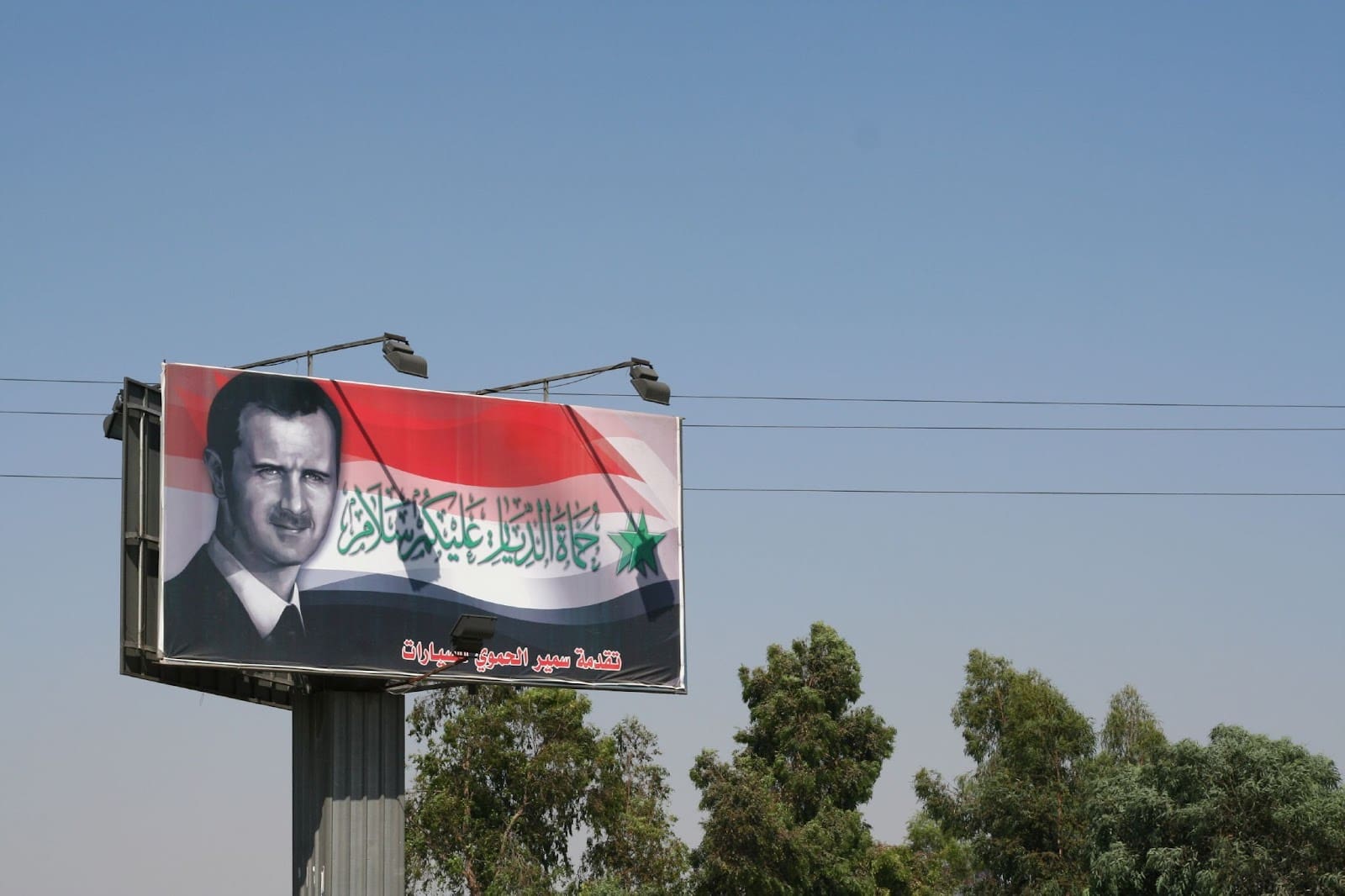After more than five decades of authoritarian rule under Bashar al-Assad’s family, recent developments suggest that the Middle East may be entering a new, unstable chapter. On December 8, Assad fled to Russia—marking the end of his regime and creating a power vacuum with wide-reaching implications across the Middle East.
But what is happening in Syria now? And what comes next for both Syria and the broader Middle Eastern region?
How did we get here?: The Arab Spring and the Assad regime
The root of this conflict stretches back to 2011, when the Arab Spring swept across the Middle East. Initially, peaceful demonstrations called for reforms and greater freedoms in Syria. However, the Assad regime responded with brutal crackdowns rather than addressing citizens’ grievances. This heavy-handed approach escalated tensions, leading to an armed rebellion and the eventual outbreak of a full-blown civil war.
President Bashar al-Assad took over the reins of power from his father, Hafez al-Assad, in 2000. Under his rule, Syria became a one-party state dominated by the Ba’ath Party. His approach was marked by political suppression, military crackdowns, and minimal tolerance for dissent. As peaceful protests escalated into violent confrontations, Assad leaned heavily on military support from Russia and Iran to maintain his grip on power.
However, this support has proven fragile. While Russia and Iran once stood as strong pillars of Assad’s regime, Russia has become preoccupied with its own war in Ukraine, and Iran is navigating military challenges in the Middle East, including its ongoing conflict with Israel.
The recent escalation: What’s happening in Syria right now?
The latest round of violence represents one of the most serious challenges to Assad’s leadership in years. Recently, powerful opposition groups—most notably Hayat Tahrir al-Sham (HTS)—have launched a major military assault against the Assad regime. This offensive is called “Deterrence of Aggression,” and it has rapidly changed the course of the conflict.
On Sunday, Syrian rebels seize the capital, Damascus, unopposed. The opposition’s recent campaign has led to significant territorial gains, with key cities and regions falling into their control, including Aleppo, Idlib, Hama, and Deraa. The fall of Aleppo, in particular, represents both a symbolic and strategic blow because of its economic and military importance to the Assad regime.
One development in the assault was the storming of Sednaya Prison, one of Syria’s most notorious detention centres. Reports suggest that thousands of prisoners, many of whom were political dissidents or accused enemies of the state, were freed during this attack. Freed inmates were seen running through the streets of Damascus, holding up the fingers of both hands to indicate the number of years they spent behind bars.
Amid the chaos, Assad and his family fled Syria on 8 December, arriving in Russia on Monday. Assad has been granted asylum “out of humanitarian considerations”, according to the Kremlin. This marks a turning point that signals not just a military defeat but also the potential collapse of a system built on decades of control through military strength and Iranian and Russian support.
A complex web of conflicts: The Middle East’s shifting climate
Assad’s escape to Russia marks the end of more than five decades of his family’s rule and signals a potential reshaping of power in the already turbulent Middle East.
The implications of this shift are significant for Israel as well. Israel has been deeply focused on countering Hezbollah and Iran’s regional influence, as well as the ongoing war in Gaza. Israel’s two-month military campaign in Lebanon has weakened Hezbollah’s strength and reduced its role as a key ally of Iran. Alongside targeted attacks in Syria to block Hezbollah’s supply routes, Israel is now in a strong position to increase its influence in the region.
In response, Israel intensified its military presence in Syria, launching aerial bombardments aimed at ensuring weapons and military resources don’t fall into the wrong hands. Israeli Prime Minister Benjamin Netanyahu announced on December 7 that his forces had temporarily seized control of the demilitarised buffer zone in the Golan Heights, citing the collapse of the 1974 disengagement agreement with Syria following recent rebel advances.
Israel has maintained that its actions are “limited and temporary” to secure its borders while reassuring the international community that it is not intervening in Syria’s internal conflict. Despite this, reports suggest Israeli troops have moved into areas like Qatana, just a few kilometres from Damascus Airport.
The fall of Assad represents more than just a regime change; it signals the unravelling of long-standing geopolitical anchors in the region. Iran’s support for Assad and Hezbollah, as well as Russia’s military presence, have been foundational to maintaining Assad’s rule. Now, however, both Iran and Russia are stretched thin by competing regional and international commitments.
Russian Foreign Minister Sergei Lavrov recently reflected this uncertainty, admitting, “What is the forecast? I cannot guess. We are not in the business of guessing.”
What happens next?
The Syrian Civil War is no longer just a civil conflict; it has become an entangled web of international interests, shifting alliances, and regional rivalries. With recent developments threatening to destabilise Syria further, the question remains: Can peace ever be achieved, or will violence continue to be the norm?
On 7 December, as rebels took control of Damascus, the United Nations stated they were “strategically reducing its footprint by relocating non-critical staff outside the country”.
According to Zeenat Adam, a former diplomat and international relations strategist, “Israel claims to be creating a buffer zone, but it does seem that the uncertainty of what is to come in the region is something quite prominent in the minds of the United States and Israel.” Adam suggests that the larger picture is one marked by instability and unpredictable shifts in power dynamics following Assad’s departure.
For now, the people of Syria—who have endured over a decade of war—remain caught in the crossfire.
Emma is a freshly graduated Journalist from Stellenbosch University, who also holds an Honours in history. She joined the explain team, eager to provide thorough and truthful information and connect with her generation.
- Emma Solomon
- Emma Solomon




